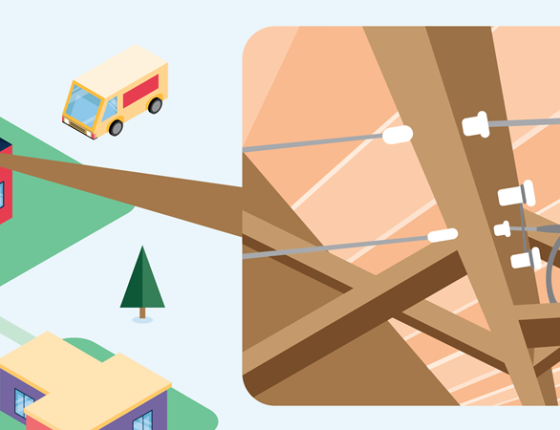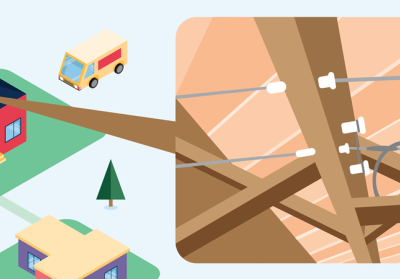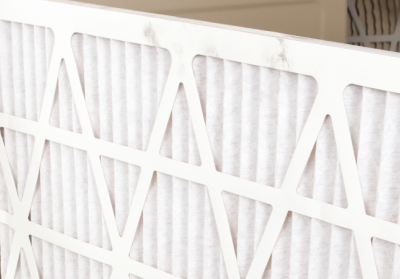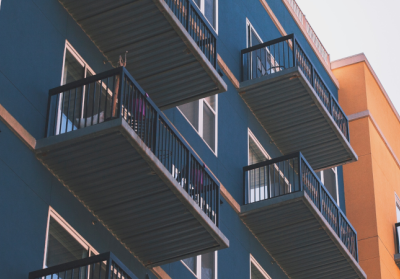What to do if You Have Knob-and-Tube Wiring
Knob-and-tube is old electrical wiring. If you have it in your home it can lead to dangerous exposed wires.
“Knob and tube” is a term for a system of wiring used in older homes. It is named for the ceramic knobs that support the wires, and the tubes that protect the wires through the wood framing of the home. Knob-and-tube wiring carries a lower supply of electricity than modern synthetic wiring and does not contain a ground wire (the third prong on electrical outlets). Knob-and-tube wiring may run throughout the home, and is often identifiable by its rubber or asphalt-saturated cotton cloth coating.
This system of wiring was phased out in the 1940s after better alternatives came along. Knob-and-tube wiring does not meet modern electrical safety codes, as it was designed to carry a light electrical load and is overloaded easily in a modern home with multiple appliances often running at once.
Why should I care as a homeowner?
Over time, heat from the wires causes the rubber coating to get brittle and break, which can lead to exposed live wires. Knob-and-tube wiring is often hidden in attics or wall cavities, making its condition difficult to assess. If the wires are live and exposed, they can pose a fire hazard around insulation. Additionally, since the system lacks the ground wire found in modern systems, there is no protection when a fault occurs — increasing the risk of shock or fire.
Insulation contractors will not insulate spaces that have active knob-and-tube wiring, since it increases the risk of fires. If you have knob-and-tube wiring, most contractors will require you to have an electrician verify that it is not active. If it is active, you will need to have it replaced in order to insulate your home safely.
When homes are rewired, electricians will often leave the old deactivated wiring behind. If you think you have knob-and-tube wiring but aren’t sure of its condition, it is best to have an electrician take a look.
Next Steps
If you are considering adding additional insulation or upgrading your electrical system and you’ve found evidence of knob-and-tube wiring, the first step is to contact an electrician to determine whether it’s active.
If they determine that the wiring is active, ask the electrician to also give you a quote for the cost to replace it. Sometimes these estimates are free, depending on the contractor. We recommend getting multiple bids so that you can find the best price, as well as an electrician you’re confident working with. This is a good time to make additional improvements, so be sure to discuss any other potential upgrades with them, such as additional outlets or switches.
When you have found a contractor and are looking to schedule a date for the work, be aware that you will likely be without power while they replace wiring, so plan accordingly. Once the work is complete, hold on to the invoice that states what work was done so that an insulation contractor or insurance agent can verify that the wiring was replaced.
If you are financing insulation work, you may want to discuss with your loan manager whether such electrical costs can also be included.
How much will it cost to replace?
The cost to replace knob-and-tube wiring varies based on a few different factors, including the size of the house, the accessibility of the wiring, any additional outlets and switches to be added, and whether the electrical service panel also needs to be upgraded. Given these factors, costs can vary widely. In 2018, the average cost of knob-and-tube replacement projects assisted by CEE’s lending department was about $13,500.
Outside Resources

Questions about your home energy? Let's talk!



